Back, neck and shoulder pain is the natural result of prolonged sitting at work behind a computer, as is bad posture. This can cause headaches and excessive tension in neck, shoulders, arms, forearms, wrists, back, hips, thighs and legs. The result is increased fatigue to the muscles and ligaments supporting the lower back and this can eventually lead to tissue injury and spinal joint dysfunction. Avoid these problems by posture correction, exercise and correct use of equipment.
Symptoms of back problems due to excessive computer use include:
- Back and neck muscle spasm and pain
- Back and neck soft tissue inflammation
- Back, neck and shoulder pain on movement and involvement of other muscles as a reaction
- Referred pain to buttocks and thighs or up the spine
Preventing back and neck pain while sitting is not an exact science as there are many differing opinions on the subject. However, there are some common denominators on which most chiropractors and other medical professionals agree:
Tips to Prevent Computer Related Neck and Shoulder Pain
- Do not slouch in front of the computer or lie in bed and work on a laptop.
- Do not work for hours in front of a computer without breaks.
- Do not ignore back twinges and back pain, hoping that the problem will resolve itself.
- Avoid taking pain or anti-inflammatory medication when in pain from using a computer. This will serve to mask the symptoms but can lead to serious injury or permanent nerve damage in the long term.
- Do not sit on one leg or sit with legs crossed as this causes additional strain to the back.
- Do not perch a laptop on the lap and stare down at the screen – this places extra strain on the neck, spine and arms.
- Buy a chair that encourages you to use your back muscles, such as a stool chair with no back or arm rests. Lower back pain can be reduced or eliminated by strengthening the lower back muscles through active sitting exercises.
- Buy an ergonomic keyboard and mouse and ensure that the height is adjusted appropriately.
- Have a break every hour and do stretching exercises like neck rolls, chin tucks, cupping head in hands behind the head and extension exercises.
Visiting a Chiropractic Clinic
A chiropractor is a medical professional who treats spinal column dysfunction. Back and neck pain may be the result of the back being badly aligned and the chiropractor sets out to relieve the problem by manual manipulation, exercise, massage and the application of heat, cold and light.
Massage Therapy to Relieve Back and Neck Pain
If done correctly, massage therapy can help to relieve back pain and tension. It is best to find a therapist trained in techniques that address back pain issues and has a knowledge of muscle imbalances relating to back pain, such as sports injuries. Massage therapy should never be considered a substitute for proper medical attention where there are serious back problems.








